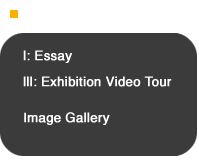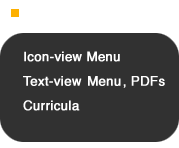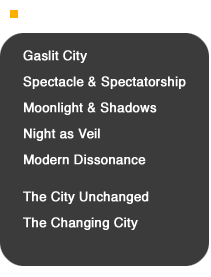
|
When the city became embraced in darkness, topographical boundaries between center and periphery, urban and rural, became blurred. The countrifying, lyricizing view of the city could be mediated by the presence of fireflies, or, more often, by moonlight. |
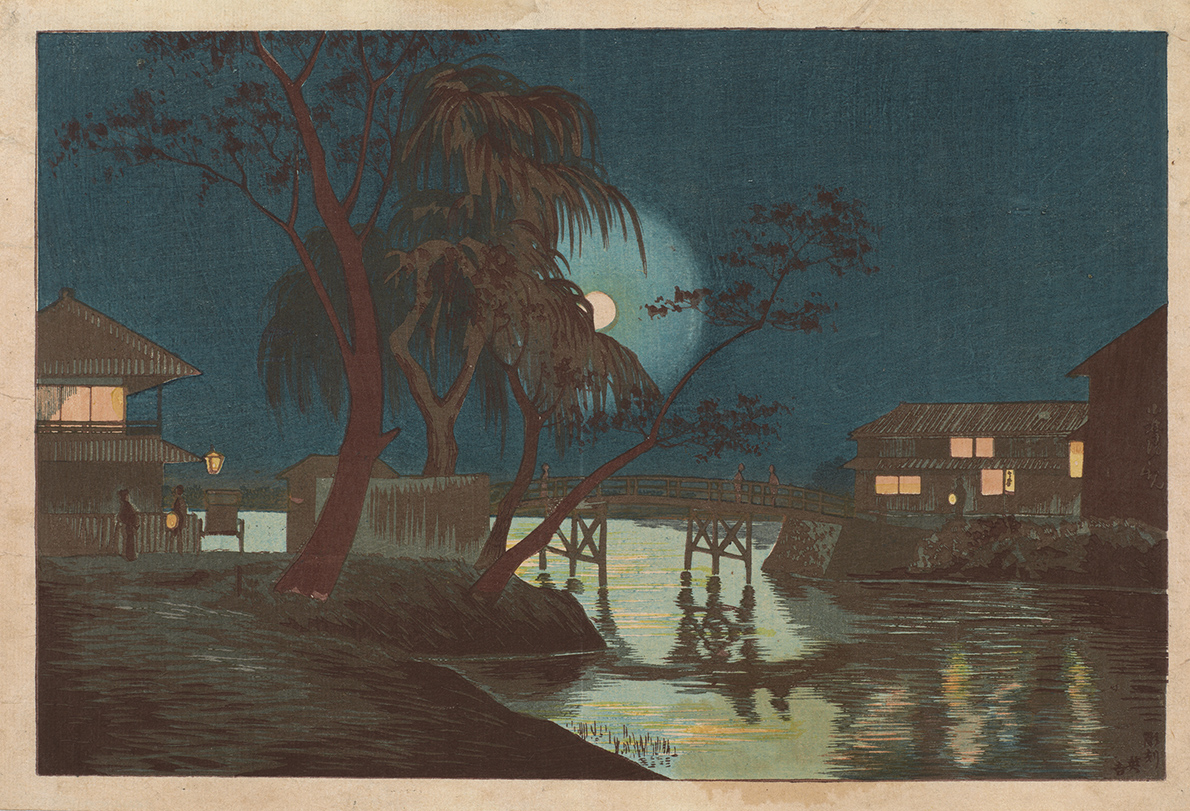 |
The scene
presented in Teahouses by Imadobashi (ca. 1877) intimates a description
by Kafū in Sumidagawa:“…The sky shone like a mirror, and the embankment and the trees against the moon were ever blacker… as the moon rose above the trees everything took on its white glow—the tiled roofs in the evening dew along the river bank, the wet stakes in the water, the bits of seaweed coming under the bridge on the flood tide, the hulls of boats, the bamboo poles.” (Seidensticker, CITATION)In Kiyochika’s print, a round moon with a large halo is suspended in the sky, partially hidden behind willows. Through Kafū’s lens it becomes an emblem of the city’s innocent, pre-industrial past, yet to be sullied by modernization. [S2003_8_1114] |
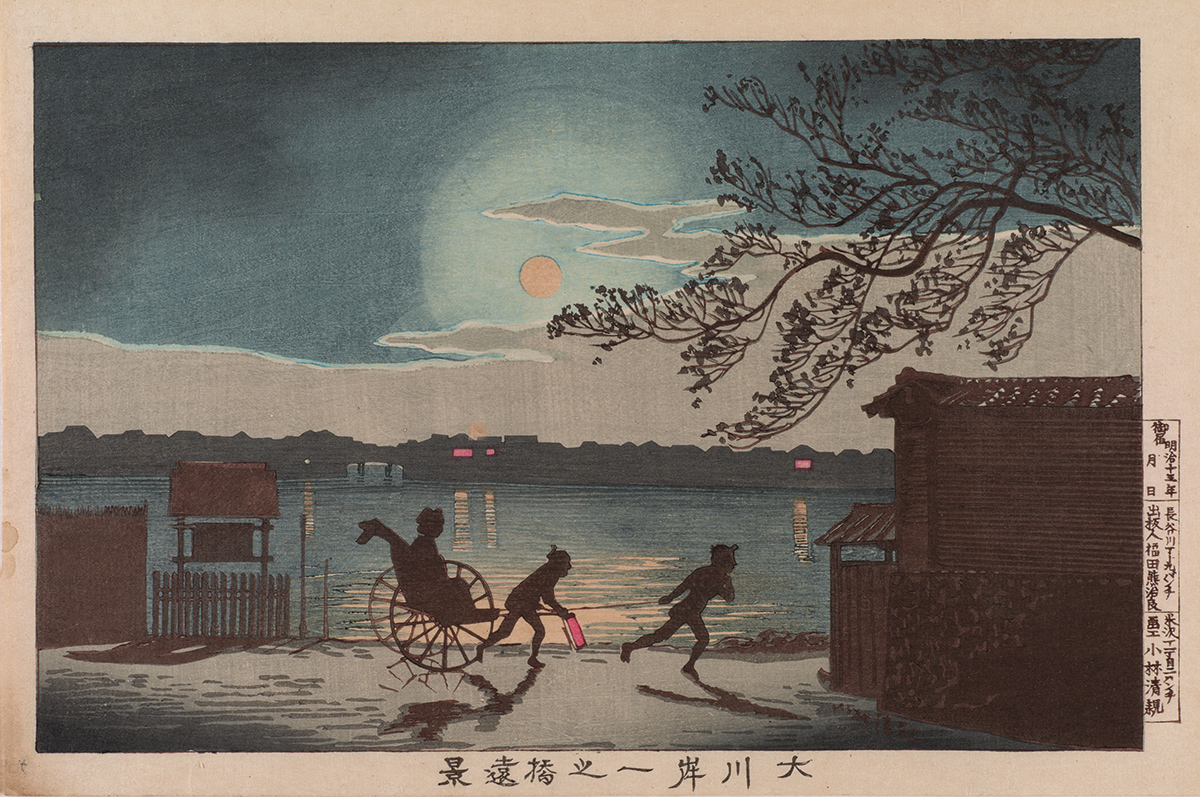 |
The haloed moon re-appears in Distant View of Ichi-no-hashi from the Banks of Sumida River (1880), referring to one of the five bridges that spanned the Tatekawa canal, off the east bank of the Sumida. The river is presented as an ever-changing flow of water, in contrast to the unchanging presence of the moon. In the foreground, a geisha hurries to a summons from a client. Her mode of transportation, a rickshaw, was a modern innovation in Kiyochika’s time. It is the “two-puller” type, traveling twice as fast. Cast shadows are expressed as a blur, emphasizing the sense of movement and speed. [S2003_8_1119] |
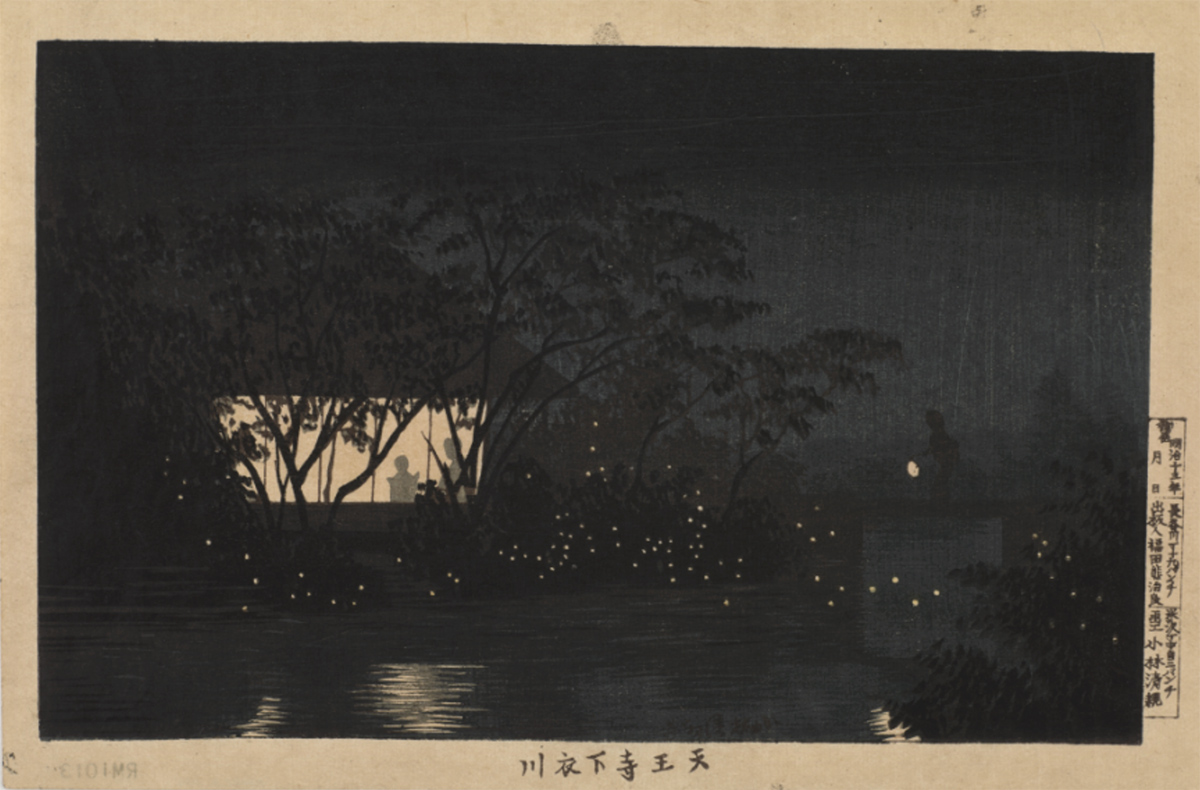 |
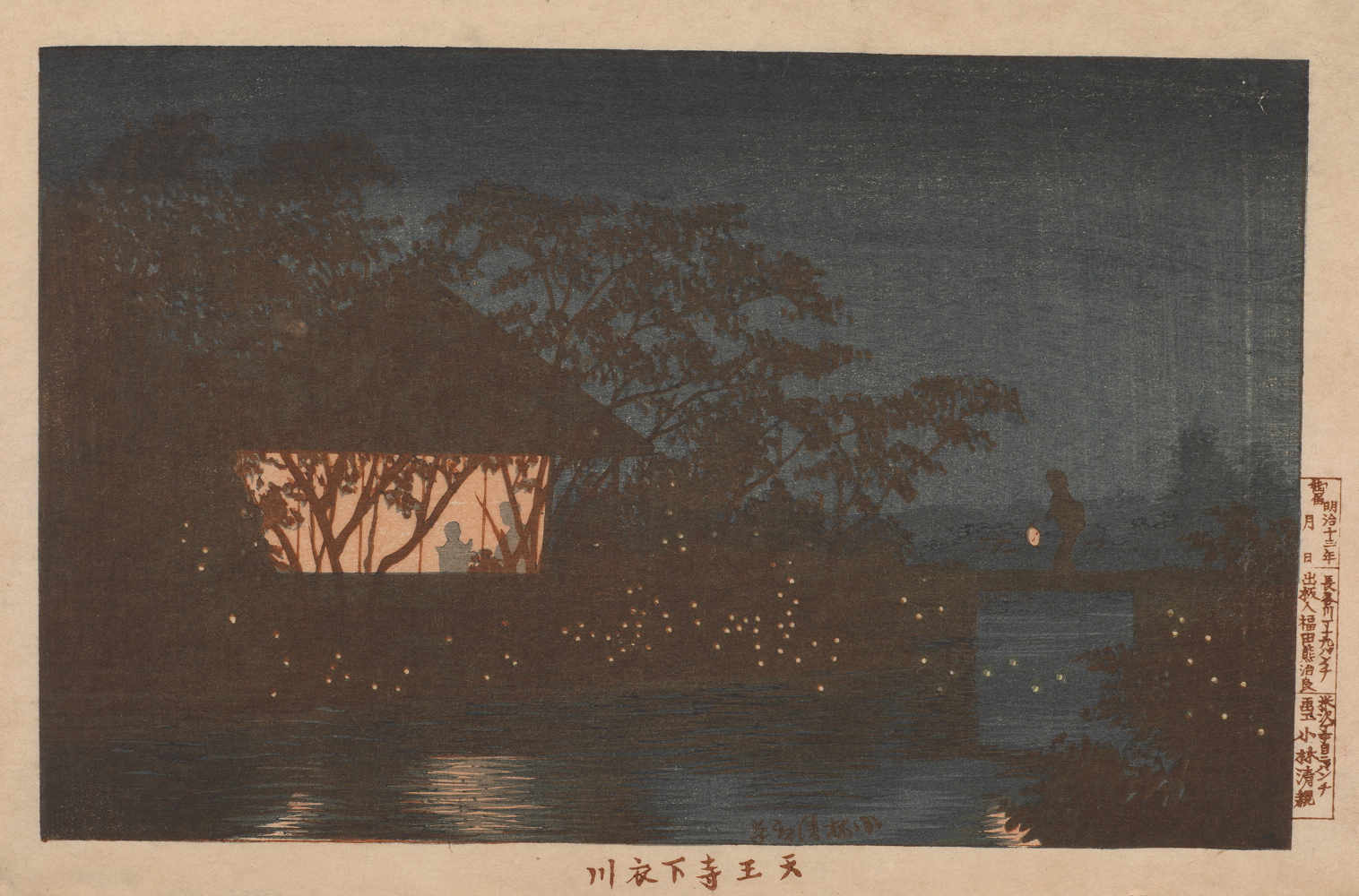 |
The idea of night as woman—attractive, secretive, malleable, and nurturing—is suggested in Koromogawa river at Tennōjishita (1880). The title alludes to a tributary nestled in the swampy area of Yanaka, known for its abundance of fireflies during warm, humid summer months. Multitudinous pinpoints of light flicker across Kiyochika’s composition. A teahouse is lit and a figure holding a paper lantern hurries across the bridge towards it Kiyochika made variant impressions of this design, the first [S2003_8_1176] using a black outline keyblock, and the second [S2003_8_1178] using a softer brown. The first expresses the inky, cloaking quality of the night’s darkness, while the second, considered to be the earlier printing, creates a warmer, reposeful atmosphere. [S2003_8_1190] |
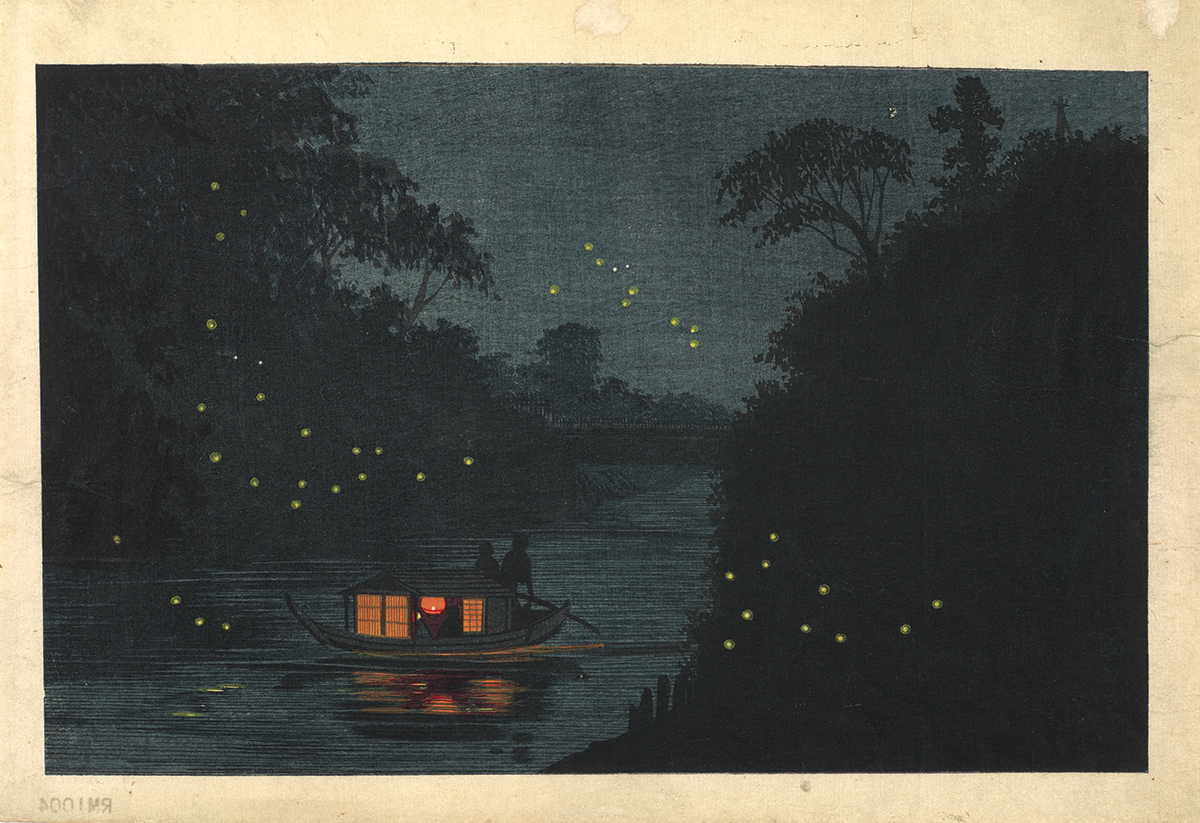 |
Fireflies at Ochanomizu (1880) [S2003_8_1131] |
|
Freer Gallery of Art and the Arthur M. Sackler Gallery Smithsonian Institution |
Click here for a printer-friendly Word doc |
|
On viewing images of a potentially disturbing nature: click here |
Massachusetts Institute of Technology
© 2016 Visualizing Cultures |
 |

